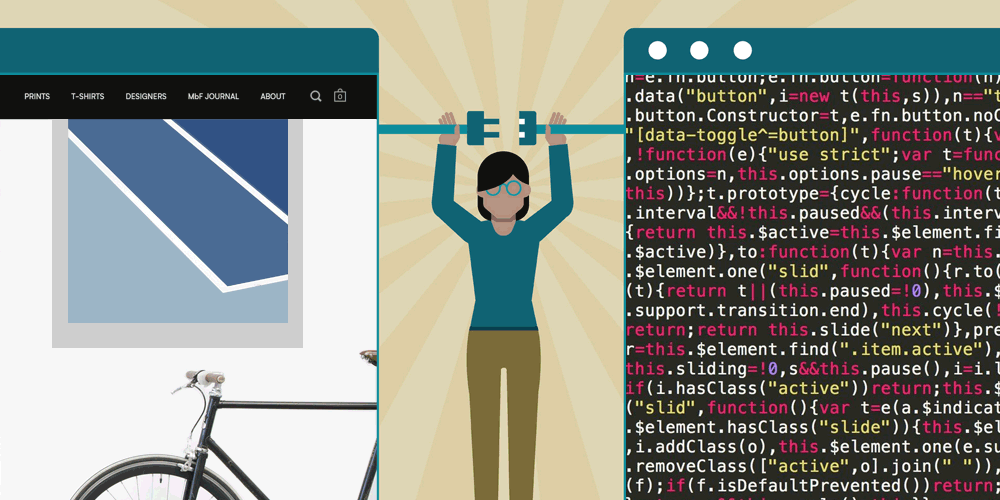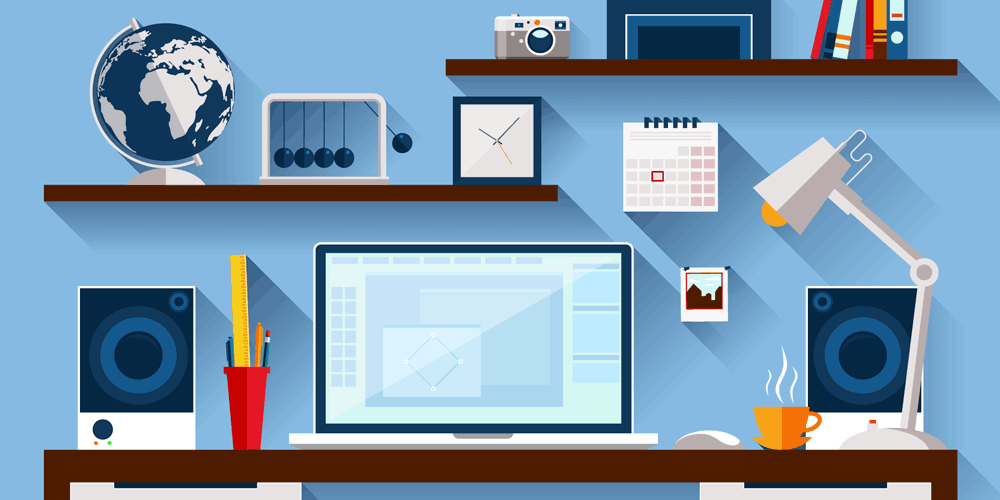Design spices up things. It colors the dark and gives life to the dull. When it comes to technology, designs play its part as the antihero: it's there but is rarely inside the bigger picture.
It may not alter the function of something, but when it does, it can be so groundbreaking that it creates an appeal that can be almost impossible to forget.
This is why businesses need to renew their understanding of potential designs, and see how they can influence success. Be it hardware or software, innovations in technology has always been accompanied by innovations in design.
The reason for this is simple: most end users don't really care about anything that works behind the scene. They don't mind about the technology they're using. As long as it looks good, it appeals.
This can be more discerning and demanding, but this is what proper designs are designed to do.
The same thing happens in web design. Occasionally overlooked, design is what attracts the eyes and keep them there. Below are some facts about design that web designers usually ignore:

Design Is Mostly Unseen
Back to people that want things to look good. They may not care about how things function, as long as they appeal them. But what appeals them, don't always represent what the eyes see.
Design in web design provides the guide where users can interact, turning those raw codes in the backend into a beautiful experience.
It's like the magic that makes technology happens. And also like magic, most of it is unseen or aren't meant to be seen.
One example of the implementation, is when creating a minimalist web design. Here, web designers need to remove steps and clutters previously available, and ask questions to themselves like: "Do we need this here?"
Clean and simple interface will create efficiency and streamlined experience. So here, designs aren't always what the eyes see, but also what the eyes aren't seeing.
Design Has A Purpose
Something exists for a purpose, and so is design.
Web design is the bridge that connects people with technology. Ultimately, the design is meant to drive customers to help the business achieve its business goals.
While web design can be in all sort of forms, every aspects should have their own purpose.
Since there is no need to have anything if there is nothing to show, there is also no reason to have everything if you need something. So here, finding the sweet spot is the hardest. In web design, web designers should truly please everyone by adding value to users' experience. Anything shown that doesn't have a value, is useless and may affect experience in a bad way.
Design Is To Solve Problems
At the heart of great design is its ability to solve problems. And this is true throughout the design process, starting with user research.
In a research to understand people, web designers need to gather experiences and insights from users, collecting user habits and finding common patterns which could be future problems that a design can address.
User Experience (UX) is next, and its purpose is to ensure that the experience is a seamless, working as it should, and free of hiccups and problems.. And for last, User Interface (UI) finishes off the design with layers of visual style, emotional elements, and branding that presents the product as a solution for the user.
UX and UI need to work closely together, like a team, collaborating throughout the process, giving each other turns to lead their part in creating a well-created design experience.
Design Represents Either Joy Or Sadness
This is where designs meet emotions.
To make a design work, it needs to have one of those two things. A proper design, should be able to convey a message in a delightful and happy manner, or in a sad and emotional empathy.
Every design is being crafted with a specific user in mind, and understanding what they need is the only way to design things for them. Even if you don't know what your users want, if you can incorporate emotions into your design, you should be able to "touch" that human part of visitors.
From personalization to immerse experience inside a brand, there a lot of things that design can do to appeal emotions.
Playing with colors, using unconventional loading graphics, showcase products using well-known imagery and even small touches to the looks and feel. All that can improve experience, all without users realizing.

Design Is To Convince People
One design may appeal one person, but repels others. This is why in nature, design is all about taking risks.
It needs to be born out of concepts and thorough research. The goal of innovation, is to completely evolve or change something by trying something different. This is why designers' only limit should be their imagination.
This is why designers should work and test things that can sometimes go beyond the boundaries. Controversial isn't always a bad idea, and this is why designs should not be restricted as creativity flows.
To convince people, a design should be able to attract viewers by first convincing them. The basics include: designing to meet users' needs (from pure enjoyment to functionality experience), creating the base of interaction by distinguishable properties, and so forth.
Being different is also the key to convince people. This, in a way that unique usually sticks around longer in the minds of people, longer than the usual and ordinaries.
